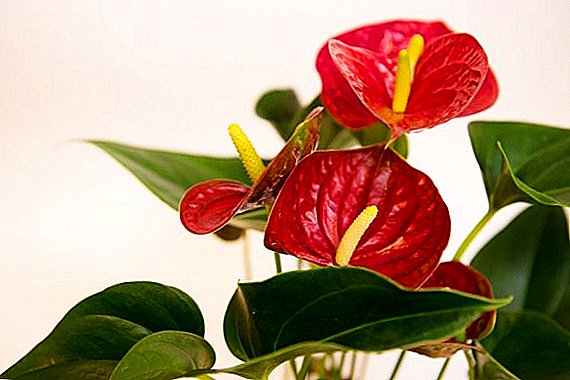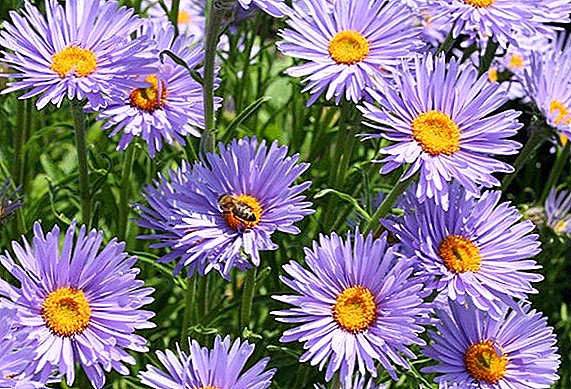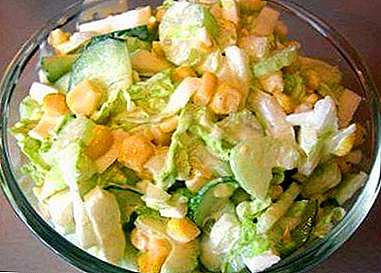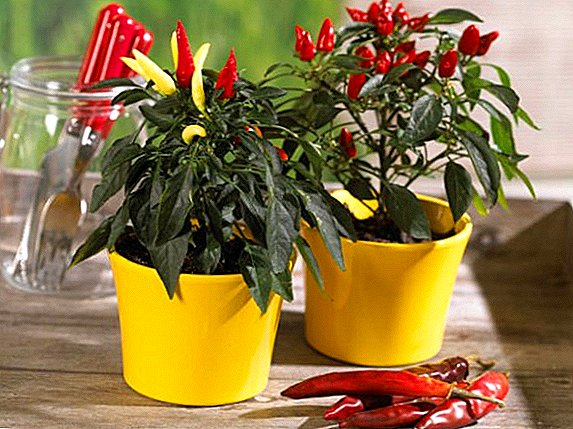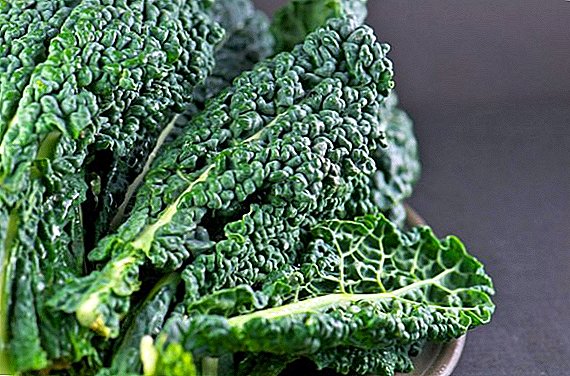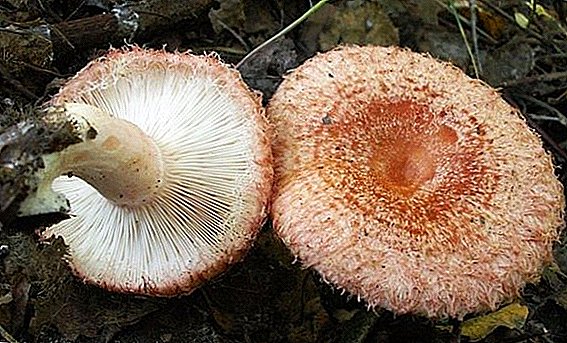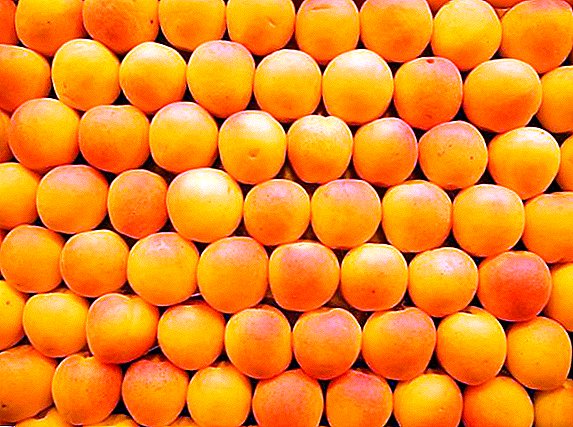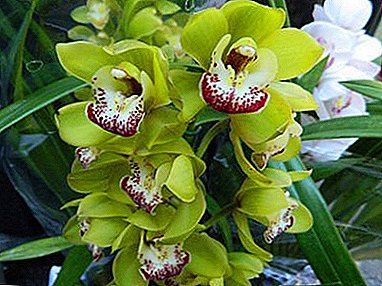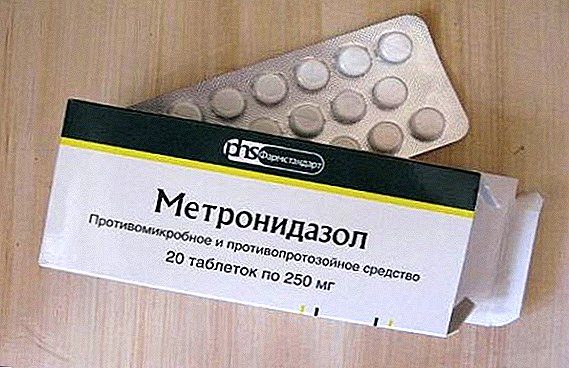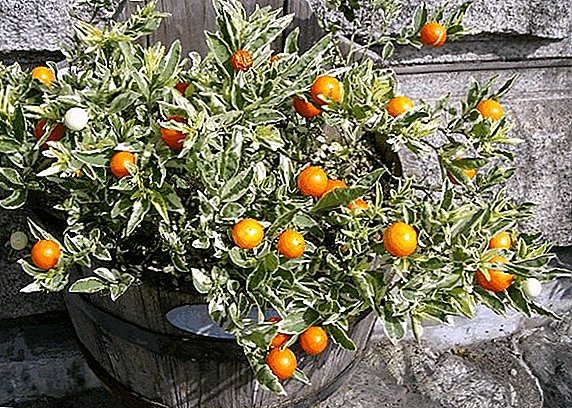 Solanum or nightshade is a popular ornamental plant, noticeable for its small bright berries. It is perfectly adapted for home conditions, so even an inexperienced amateur grower can grow it. Let's find out how to do this and what difficulties may still arise.
Solanum or nightshade is a popular ornamental plant, noticeable for its small bright berries. It is perfectly adapted for home conditions, so even an inexperienced amateur grower can grow it. Let's find out how to do this and what difficulties may still arise.
Description
Solanum is a representative of the genus of plants of the family Solanum, a perennial shrub of many years, in nature reaching a height of 30-180 cm. In a home environment it grows up to 60 cm.
Did you know? The stems and leaves of Solanum have an insecticidal effect, they are sprayed with a decoction of plants to fight against caterpillars and various larvae (5-6 kg of fresh raw materials for one bucket of water).
 It features long, winding stems, elongated ovoid leaves, bisexual regular flowers with double perianth. The plant has five stamens and one pistil, narrow anthers grow into a cone-shaped tube around the post. Solanum blooms from May to August.
It features long, winding stems, elongated ovoid leaves, bisexual regular flowers with double perianth. The plant has five stamens and one pistil, narrow anthers grow into a cone-shaped tube around the post. Solanum blooms from May to August.The fruit of the nightshade is ellipsoidal brilliant hanging berry up to 1 cm long. When ripe, the fruits of the green become yellow, orange and red. If a berry is tasted, then at first a sweetish taste is felt, and then a bitter one. However, it is better not to do this, because the fruits of the nightshade are poisonous.
In nature, Solanum is distributed in temperate climates and subtropics. Predominantly grows on the banks of water bodies, in thickets of bushes and on wet meadows.
Plant Care
Nightshade is quite hardy and unpretentious, care for him does not take much time and effort. It is enough to create the right conditions for its growth and development, not to forget about watering and feeding.
Learn how to care for a crossbreed, ficus-lyric, avocado, nematantus, radermahera, torenii, ktenanta, kufey, gloriosa.

Lighting
Solanum is extremely light-requiring, but prefers scattered light, and direct sunlight can be disastrous for him. It is preferable to place the nightshade near the windows located on the east and west side. If you land a solanum on the south side, then in the daytime (12:00 -17: 00) you need to remember to slightly shade the window. On the north side it is better not to plant it.
If possible in the summer you need to take Solanum to the open air, not forgetting to protect it from excessive sun, wind and rain. Such a temporary "move" will strengthen the plant and make it more fruitful.
Scattered lighting is also preferred by Zhiryanka, hatiora, saline, ciperus, stapelia, nephrolepis, coleus, sheflera, clerodendrum, abutilon, havortia, polypodium, croton, anthurium.
Temperature
Solanum fruits best of all at a temperature slightly above + 18 ° C. Therefore, the optimum summer temperature in the room where the plant is located is considered to be + 18 ... + 25 ° С, and in winter - + 15 ... + 18 ° С. If in the cold season to leave the bush at a higher temperature, this can lead to yellowing of the leaves and falling off of the fruit.

The soil
For the cultivation of Solanum used substrate with high breathability. It should be a moisture-retaining primer with good aeration and a neutral pH medium in the range of 5.5 to 7.5. Soil consisting of one part of sand, two parts of peat or humus and one part of sod land is well suited for young shoots.
Watering
In the warm season (from April to September) should be provided abundant daily watering Solanum. But at the same time, the top layer of soil in the pot between two waterings should have time to dry slightly. During the rest of the year, Nightshade needs less watering, it can be gradually limited to once a week.
It is desirable that in the cold season the bush was in a cool and bright room with high humidity. With the advent of new twigs (around February), the amount of watering should be increased.
Important! Please note that solanum needs fresh air, but at the same time it is afraid of drafts. Therefore, to ventilate the room, especially in the cold season, should be extremely careful.
Humidity
Fruiting solanum largely depends on the humidity in the room. The recommended humidity should be 65%, and the leaves should be sprayed daily. To create the required level of humidity, you can place a pot of solanum in a pan of water filled with expanded clay, peat and wet pebbles, but the bottom of the pot should not touch the water.

Top dressing
As with almost any plant, nightshade needs additional feeding. If it is not introduced, it will grow more slowly and be much worse fruit. Therefore, in the warm season, since May, once in a fortnight or two, liquid fertilizers are added to the pot of solanum. Tomatoes and flowering plants such as Ideal or Rainbow are well suited for this purpose.
For fertilizing plants you can also use complex fertilizers "Crystal", "Mortar", "Kemira", "Master", "Tsitovit".
Pruning
In the first year of growth the crown of nightshade is formed. To do this, it is necessary to cut stretching shoots in time, which they begin to engage in approximately 3-6 months after planting. Primary pruning consists of pinching all regrown branches at the level of the second bud. The plant is again trimmed when the lateral branches reach 10 cm. At the same time, they are shortened to the level at which there are two buds.
After the ripening of all the berries, when the leaves of the nightshade begin to turn yellow, a renewed pruning of about a third of the plant height is carried out. And in the spring the bush is cut so that the necessary form has turned out.
Transfer
After pruning, the solanum is transplanted into a pot with a mixture of one part of sand, two parts of peat or humus and two parts of turf ground. At the bottom of the pot must be placed drainage, so that the root system of the nightshade does not rot.

Breeding
At home, nightshade breeds with cuttings and seeds, and begins to bear fruit at a young age.
Learn about other members of the nightshade family, as well as useful black nightshade.
Cuttings
The cutting is selected from cut branches not more than 10 cm long and one third of the length is immersed in warm water with the Kornevin biostimulator. After the roots appear (about two weeks), the stalk is planted in the ground. In order to actively develop Solanum, you can cover the pot with a large glass jar, creating the effect of a greenhouse.
When the nightshade reaches a height of 15 cm, pinching is carried out. To stimulate the growth and branching of Solanum, it is cut several times before the end of the summer.

Seeds
Seeds are planted in mid-February in the soil for planting tomatoes and peppers. The soil should consist of two parts of sod land and one part of peat or humus. If necessary, you can add mineral complexes to it.
Seeds are planted to a depth of about 5 mm, the plants sprout in 3-4 weeks. A dive is made after the appearance of the first pair of leaves, and the solanum lands in a permanent place at the end of April.
Important! To avoid poisoning with poisonous solanine contained in parts of the nightshade, all operations for the care of the plant should be carried out with rubber gloves. Do not let the juice of Solanum on the skin, and especially on the mucous surfaces and eyes.

Difficulty growing
Despite the relative ease of plant care, yet Some difficulties may arise:
- a small amount of berries indicates insufficient pollination; you can do it yourself by gently using a soft brush to transfer the pollen from one flower to another. In addition, during the mass flowering it is recommended to actively shake the nightshade pot once a day;
- loose fruits and leaves may signal too high a temperature or low humidity, in which case you should move the plant to a cooler place and moisten the air;
- the appearance of the red spider mite speaks of dry air, in addition to changing the microclimate, it is necessary to get rid of the pest.
Edible fruit
Despite the visual appeal of the fruits of solanum, they are poisonousbecause they contain toxic glycoalkaloid solanine and can lead to severe indigestion. These berries can be especially dangerous for children and pets, so their access to the plant should be protected.
 However, ripe berries remedies have been successfully used in traditional medicine recipes, for example, for treating sore throats.
However, ripe berries remedies have been successfully used in traditional medicine recipes, for example, for treating sore throats.
Did you know? The Latin species name of nightshade gave the name to one of the heroes of the opera “Love drink” by the Italian composer G. Donizetti - the quack doctor Dulcamaru.
Pests
- Whitefly. The pest appears at high accuracy of planting, as well as in a poorly ventilated room. It suffers primarily from the nightshade leaves. Get rid of the whitefly by using an ordinary vacuum cleaner. First you need to scare away the pests so that they take to the air, and then collect them all with a vacuum cleaner. Next, the plant is treated with insecticides and, if necessary, moves to a cooler and more humid room.
- Spider mites. The leaves of the plant become yellowish in color, and small reddish-brown bugs appear on their surface. After their detection, remove all damaged leaves. Then thoroughly wash all the leaves with soapy water and process the nightshade with insecticides twice a week.
- Aphid. The main sign of infection - wither, twist and dry the lower parts of the leaves. To get rid of aphids, the plant should be washed under good water pressure. After drying, treat it with pesticides.
The whitefly is a carrier of plant diseases and can affect many houseplants, such as geranium, balsam, orchid, begonia, fuchsia. You can get rid of it with the help of such insecticides "Aktara", "Fitoverm", "Aktellik", "Konfidor", "Mospilan" and others.



Solanum is an excellent plant for landscaping both residential and office space. This bright and unusual bush will fill your room with light and a feeling of freshness. And unpretentiousness and fertility of nightshade are another plus in favor of its breeding.


